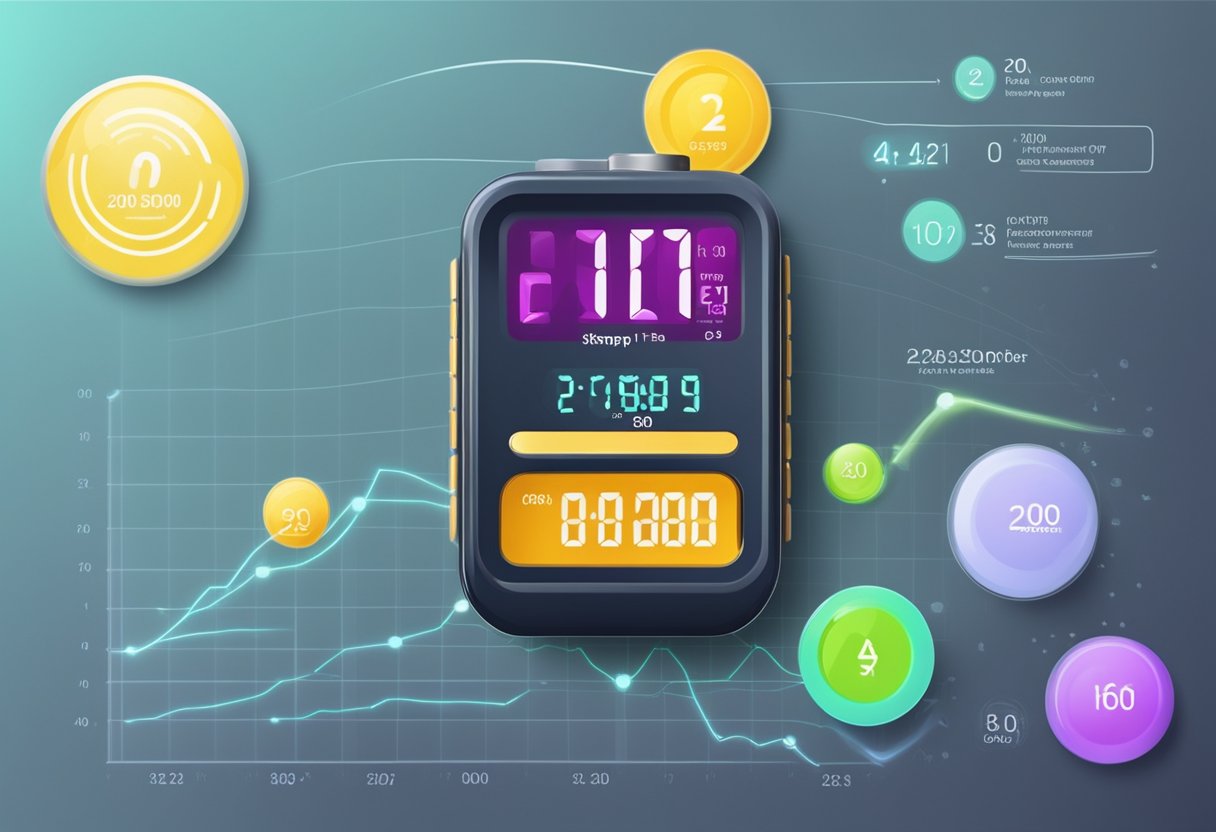Understanding Blood Pressure: What Does 110 Over 70 Mean?
Explore the significance of a blood pressure reading of 110 over 70, including its implications for health, normal ranges, and lifestyle considerations.

Decoding Blood Pressure: 110/70 Explained
Blood pressure readings are critical in maintaining overall health, offering insights into the state of one’s cardiovascular system. When we refer to a reading like 110 over 70, or 110/70 mmHg, it becomes essential to understand its implications related to health.
What Does 110/70 mmHg Indicate?
A blood pressure of 110/70 mmHg means that the systolic pressure (the first number, 110) is the force of blood against the artery walls when the heart beats, while the diastolic pressure (the second number, 70) is the pressure when the heart rests between beats. This reading is generally considered to be within the normal range and is often seen as an indicator of good cardiovascular health.
Is 110/70 mmHg Considered Normal?
- Normal Blood Pressure: According to the American Heart Association, a normal blood pressure reading typically ranges from 90/60 mmHg to 120/80 mmHg. Therefore, a reading of 110/70 falls comfortably within this normal range.
- Healthy Parameters: This reading suggests that your heart and blood vessels are functioning well, ensuring an effective delivery of oxygen and nutrients throughout the body.
When is 110/70 mmHg a Cause for Concern?
While 110/70 is generally recognized as a normal reading, there are circumstances where it may be concerning:
- Hypotension Symptoms: If you experience symptoms such as dizziness, fainting, or weakness, you should consult a healthcare provider, even if your reading is in the normal range.
- Contextual Factors: A reading that is consistent with your baseline may be normal; however, significant fluctuations can indicate an underlying issue.
- Age or Health Status: Different age groups may interpret a normal reading differently. The interpretation also varies if one is on medications or has pre-existing health conditions.
Comparative Analysis: Higher vs. Lower Blood Pressure
Compared to higher readings, such as 140/90 mmHg or greater, which might indicate hypertension, a value of 110/70 mmHg is advantageous. Here’s how it compares:
- Hypertension Risks: High blood pressure can lead to severe complications, including heart disease, stroke, and kidney problems.
- Lower Blood Pressure: Generally, lower pressure readings can sometimes indicate health issues, especially if they result in physical symptoms. However, for others, it can signify good health.
Maintaining Healthy Blood Pressure Levels
To maintain a healthy blood pressure reading like 110/70 mmHg, consider integrating the following lifestyle choices:
- Regular Exercise: Aim for at least 150 minutes of moderate aerobic activity each week.
- Balanced Diet: A diet rich in fruits, vegetables, whole grains, and lean proteins works wonders. The DASH (Dietary Approaches to Stop Hypertension) diet is particularly effective.
- Limit Salt: Reducing sodium intake can have significant blood pressure benefits.
- Manage Stress: Techniques such as mindfulness, yoga, and meditation can lower stress levels, contributing to overall heart health.
- Avoid Excessive Alcohol: Limiting alcohol intake plays a vital role in maintaining optimal blood pressure.
Conclusion: Embrace Your Health
A blood pressure reading of 110/70 mmHg is indicative of a healthy cardiovascular state. However, it is vital to monitor any changes in your readings or experience symptoms. Understanding your body’s signals and maintaining a healthy lifestyle can ensure that your blood pressure remains in a favorable range.
If there are concerns about blood pressure readings, both low and high, consulting a healthcare professional is recommended to receive tailored advice and support.
New posts

Effective Strategies to Lower Blood Pressure
Fitness

Navigating Low Blood Pressure and High Pulse: Key Insights
Wellness

Combatting Fatigue from Low Blood Pressure: Causes and Solutions
Lifestyle

Understanding Ruhepuls 60: A Guide to Optimal Heart Rate
Fitness

Understanding Low Blood Pressure at Night: Causes, Symptoms, and Management
Wellness

Low Blood Pressure and Trembling: Understanding the Connection
Wellness

Understanding Normal Pulse Pressure: What You Need to Know
Lifestyle

Understanding Ruhepuls 45: The Ideal Resting Heart Rate for Your Health
Fitness

Understanding Normal Pulse Rates: What Is a Normal Pulse?
Fitness

Understanding Pulsdruck: Key Insights into Your Blood Pressure Dynamics
Wellness
Popular posts

Understanding Low Diastolic Blood Pressure: Causes, Risks, and Management
Wellness

Understanding Low Diastolic Blood Pressure: Causes and What to Do
Wellness

Understanding Puls Unter 60: When Low Heart Rates Become Concerning
Fitness

Understanding the Ruhepuls Tabelle: A Comprehensive Guide
Fitness

Understanding Low Blood Pressure Symptoms in Men
Wellness

Understanding Ruhepuls 50: What It Means for Your Heart Health
Fitness

Low Blood Pressure and Trembling: Understanding the Connection
Wellness

Understanding Normal Pulse Pressure: What You Need to Know
Lifestyle

Understanding Wrist Blood Pressure Monitoring: A Comprehensive Guide
Wellness

Understanding Low Blood Pressure and Its Effect on Vision Disturbances
Health